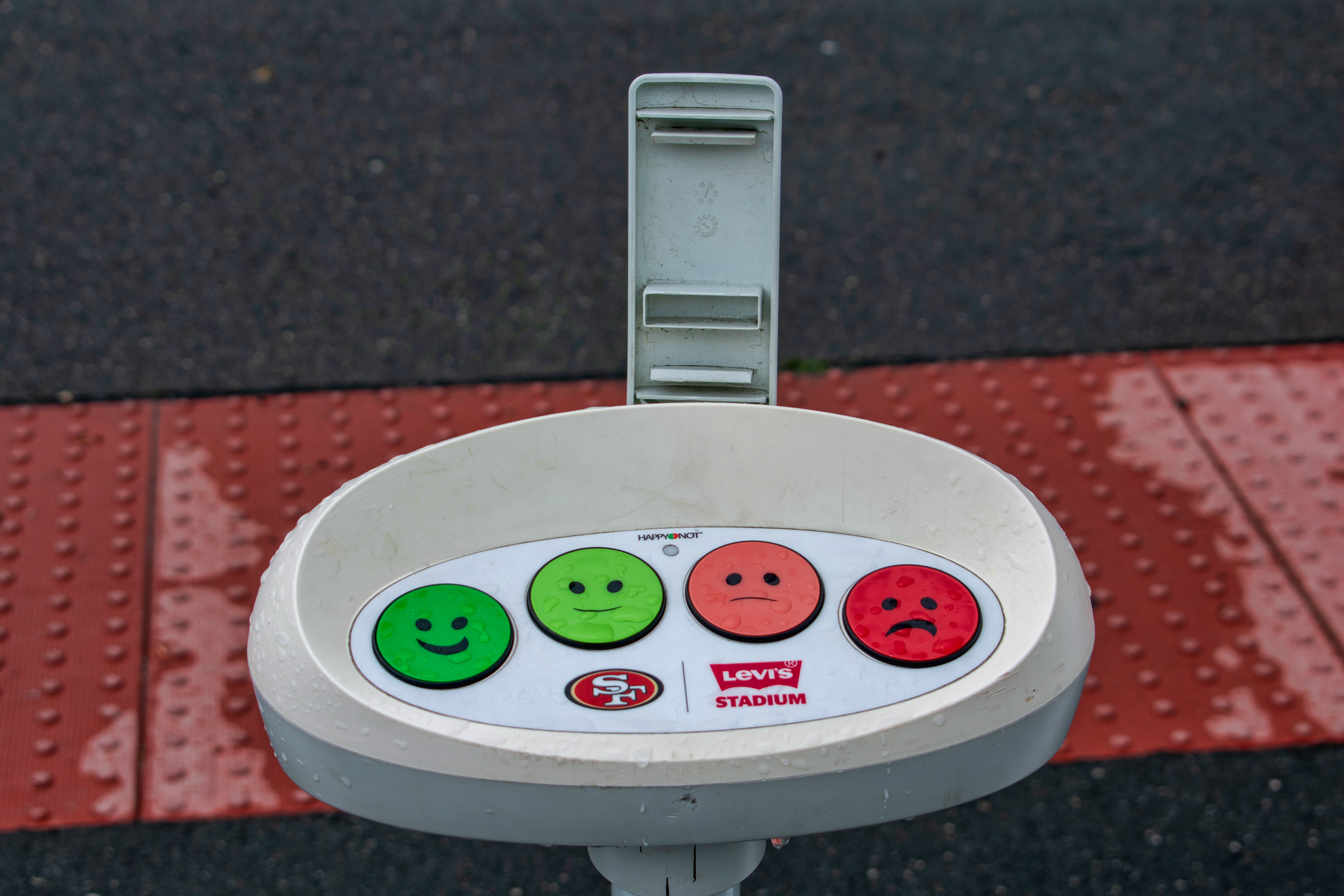The world of business intelligence (BI) and analytics is evolving fast. According to MarketWatch, the BI market is expected to grow at a compound annual growth rate (CAGR) of 26.98% by 2025 and reach an incredible $147.19 billion. With that in mind, it’s important for businesses to keep on top of the latest BI and analytics trends to evaluate and evolve their strategies.
To help, we reached out to some of the speakers from the upcoming BI+Analytics Conference and asked them to identify what key trends they think we should pay attention to in BI and analytics this year. Their responses are summarized below. Continue reading



 Borchers, an Ohio-based global supplier of coatings additives and specialty catalysts, learned it needed to migrate its data and reports out of SAP BusinessObjects in just four weeks because of a company divestiture. CIO Jonathan Mortlock took this challenge one step further by using it as an opportunity to migrate to a completely cloud-based business intelligence and analytics system.
Borchers, an Ohio-based global supplier of coatings additives and specialty catalysts, learned it needed to migrate its data and reports out of SAP BusinessObjects in just four weeks because of a company divestiture. CIO Jonathan Mortlock took this challenge one step further by using it as an opportunity to migrate to a completely cloud-based business intelligence and analytics system. Analytics and how companies use them are increasingly a differentiator in business success, so it’s important for companies to not only leverage their investments, but also to be thinking about and preparing for the future. For many data-driven professionals in business intelligence (BI) and analytics who have been mostly using on-premise tools, that means looking into cloud options. The easiest way to begin is working with a hybrid environment, where you can expand analytics insights from on-premise investments with high-speed innovation from the cloud.
Analytics and how companies use them are increasingly a differentiator in business success, so it’s important for companies to not only leverage their investments, but also to be thinking about and preparing for the future. For many data-driven professionals in business intelligence (BI) and analytics who have been mostly using on-premise tools, that means looking into cloud options. The easiest way to begin is working with a hybrid environment, where you can expand analytics insights from on-premise investments with high-speed innovation from the cloud. Over the past few years, most companies have moved towards business intelligence (BI) and data analytics in order to make more intelligent and informed business decisions. Today, organizations of all sizes realize that business intelligence and analytics are no longer an option but a necessity if they hope to survive and stay competitive. It is no wonder that
Over the past few years, most companies have moved towards business intelligence (BI) and data analytics in order to make more intelligent and informed business decisions. Today, organizations of all sizes realize that business intelligence and analytics are no longer an option but a necessity if they hope to survive and stay competitive. It is no wonder that  Crocs had just wrapped up a new ERP implementation, and the temporary workers on the project were starting to move on to their next assignment. As Manager, BI/BW at Crocs, Shelly Rahe Gordon had only a leftover ticketing system and remnants of the Waterfall approach to project management left behind for the team to use. Gordon could see some potential challenges in how her IT team dedicated to business intelligence and reporting would be equipped to keep the new ERP system running at full speed while managing future releases.
Crocs had just wrapped up a new ERP implementation, and the temporary workers on the project were starting to move on to their next assignment. As Manager, BI/BW at Crocs, Shelly Rahe Gordon had only a leftover ticketing system and remnants of the Waterfall approach to project management left behind for the team to use. Gordon could see some potential challenges in how her IT team dedicated to business intelligence and reporting would be equipped to keep the new ERP system running at full speed while managing future releases.


